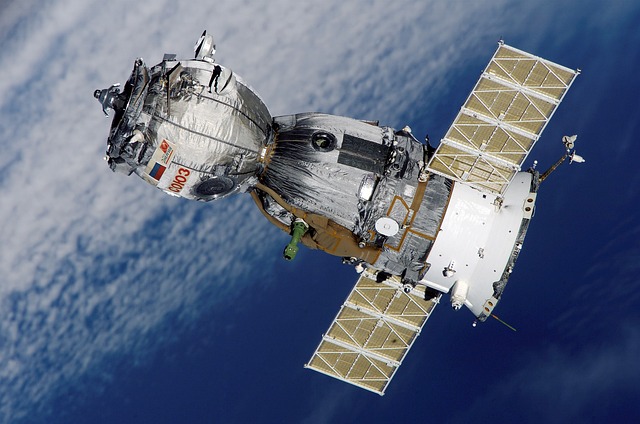The issue of space debris has become increasingly prevalent as human activities in space continue to expand. Recently, a significant incident involving space junk made headlines when a small piece of debris crashed into a family’s home in Florida. This event has led to a lawsuit against NASA, setting a potential precedent for future claims related to space trash. In this article, we will delve into the details of the incident, the broader implications of space debris, and the possible outcomes of the legal case.
The Incident: Space Debris Hits Florida Home
Background
On March 8, 2024, a 700-gram object fell from space and struck the home of Alejandro Otero in Naples, Florida. The debris created a hole in the roof, causing significant damage to the property. NASA later confirmed that the object was part of a cargo pallet used to transport batteries to the International Space Station (ISS) and released as waste in 2021.
The Claim
Otero’s family, represented by the law firm Cranfill Sumner, is seeking more than $80,000 in damages from NASA. The claim is based on the stress and impact the event had on the family’s lives, despite no physical injuries occurring. The legal firm emphasized the potential danger of such incidents, highlighting the need for adequate compensation.
Legal Implications
This case could set a critical precedent for how future claims involving space debris are handled. NASA has six months to respond to the claim, and the outcome could influence policies and regulations related to space debris management and liability.
The Growing Problem of Space Debris
Increasing Spatial Traffic
With the expansion of space exploration and commercial activities, the amount of debris in Earth’s orbit has surged. This includes defunct satellites, spent rocket stages, and fragments from collisions. As more countries and private companies engage in space missions, the risk of debris-related incidents on Earth and in space increases.
Risks and Challenges
Space debris poses a significant threat to both spacecraft and terrestrial structures. In orbit, debris can collide with operational satellites, potentially causing damage or destruction. On Earth, re-entering debris can pose risks to people and property, as demonstrated by the recent incident in Florida.
NASA’s Response and Future Measures
Current Policies
NASA and other space agencies have protocols for managing space debris, including guidelines for disposing of spacecraft and minimizing debris generation. However, the incident in Florida highlights the need for more robust measures to prevent debris from reaching the Earth’s surface.
Potential Solutions
To mitigate the risks associated with space debris, several strategies can be considered:
- Active Debris Removal (ADR): Developing technologies to capture and remove debris from orbit.
- Enhanced Tracking Systems: Improving the monitoring of space debris to predict and prevent collisions.
- International Collaboration: Establishing global agreements and regulations for debris management and liability.
The lawsuit against NASA following the space debris incident in Florida underscores the growing problem of space trash and the need for effective management strategies. As human activities in space continue to expand, addressing the challenges of space debris will be crucial to ensuring the safety of both space missions and terrestrial environments. The outcome of this case could pave the way for new policies and regulations, shaping the future of space exploration and debris management.




